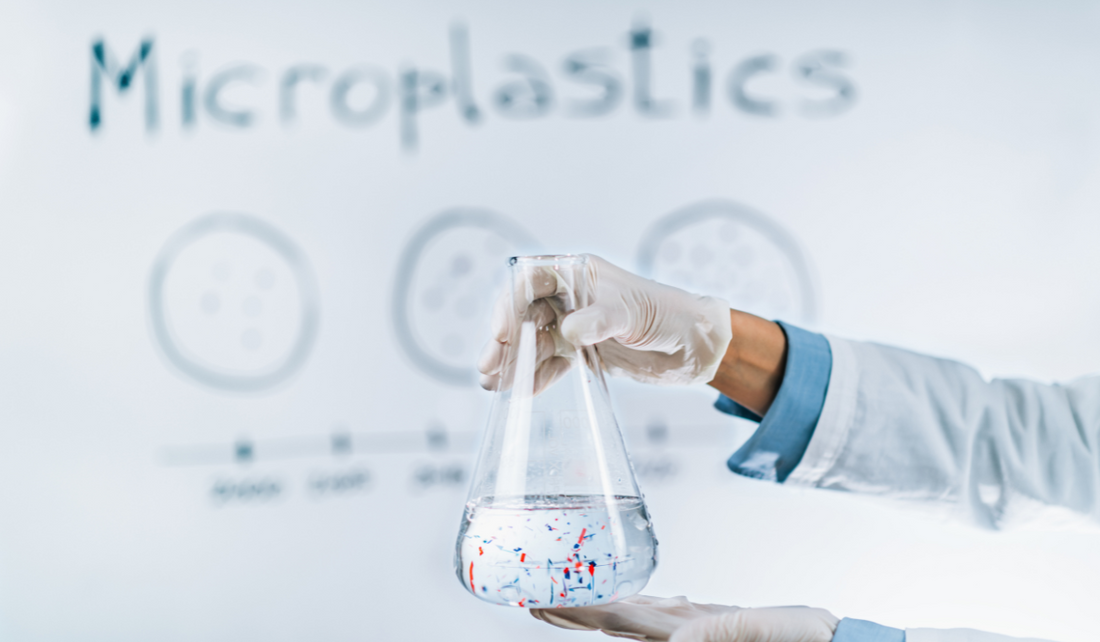Microplastics have quietly infiltrated nearly every corner of our environment, from the deepest trenches of the ocean to the air we breathe. These tiny plastic particles, measuring less than five millimeters in size, are found in water sources, soil, food, and even inside the human body. While their presence is undeniable, the real concern lies in how they might be affecting our health. A recent article in Nature Medicine (source) highlights the urgent need for research into the potential health consequences of microplastic exposure, as scientists still lack a clear understanding of their long-term effects on human biology.
https://www.statista.com/chart/18299/how-we-eat-drink-and-breathe-microplastics/
One of the most alarming aspects of microplastic pollution is its sheer pervasiveness. Studies have detected microplastics in 83% of tap water samples worldwide, and the average person unknowingly consumes about 5 grams of plastic each week—the equivalent of a credit card. These particles come from sources as varied as degraded plastic waste, synthetic fibers in clothing, and even personal care products and even plastic fragments from dish sponges. They enter our bodies through ingestion, inhalation, and even skin contact, raising serious questions about what they might be doing inside us.
Plastics contain thousands of chemicals, some of which are known to be toxic. Endocrine disruptors, carcinogens, and heavy metals are just a few of the concerning substances that can be found in plastic materials. Despite this, there is still no definitive research on the long-term impact of microplastics in the human body. Preliminary studies suggest links to inflammation, oxidative stress, and cellular damage, all of which can contribute to serious health issues such as respiratory diseases, immune system dysfunction, cancer and even dementia. However, much of the evidence remains inconclusive, making it essential for scientists to develop better methods for detecting and measuring microplastics in human tissues.
The uncertainty surrounding microplastics and their effects on human health underscores the need for urgent scientific investigation. As plastics continue to break down into smaller and smaller particles, the risk of exposure only grows. Researchers are calling for standardized studies to determine how microplastics move through the body, how they interact with our cells, and what health consequences they may pose over time.
The recent study published in Nature Medicine has discovered that microplastics—tiny plastic particles less than 5 millimeters in size—are present in human brain tissues. Researchers found that individuals diagnosed with dementia had higher concentrations of these particles in their brains compared to those without the condition. While the study did not establish a direct cause-and-effect relationship between microplastics and dementia, the findings raise concerns about potential health impacts and underscore the need for further research into how these pervasive pollutants might affect brain health. Source: Nature
While we wait for more research, small changes in our daily habits can help reduce personal exposure. Avoiding single-use plastics, choosing natural fiber clothing over synthetic materials, using water filters that can capture microplastics and switching out your conventional dish sponge are simple steps that can make a difference. On a larger scale, regulatory policies and corporate responsibility are essential in curbing plastic pollution and reducing the long-term risks associated with microplastics.
The discussion around microplastics is only beginning, but one thing is clear: we must act now to understand and mitigate their impact before it becomes an even bigger health crisis. As research progresses, it will be crucial to stay informed and push for solutions that prioritize both human and environmental well-being.

